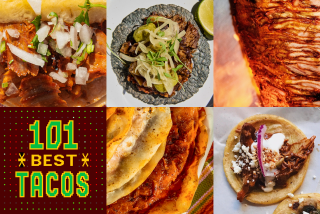Palette Pleaser
If you look up the word âmasticâ in an encyclopedia or dictionary, youâll find it described as a resin used in varnishes and the bizarrely named oil paint base megilp. But there probably will be nothing to suggest that itâs also a spice. Even many books on spices manage not to mention it.
It comes from a variety of pistachio tree, Pistacia lentiscus, that grows here and there around the Mediterranean, though since around AD 50 commercial mastic production has been concentrated on the Greek island of Chios. You harvest it maple syrup-fashion by making cuts in the bark. The dried droplets are collected from cloths spread under the trees.
Mastic gets its name from the same Greek root as âto masticate,â because the resin has long been chewed like chewing gum in Greece and Turkey, where itâs believed to be good for the breath, digestion, appetite and gums. (Often, though, the âmasticâ thatâs chewed is actually the root of an unrelated plant.) Itâs also valued for its exotic flavor, something like Juicy Fruit chewing gum. A liqueur called mastikhi is an essential element in Greek hospitality.
Paula Wolfert notes that Moroccan recipes involving ground almonds nearly always say to add mastic, which does have an affinity for almonds. In Turkey, it goes into puddings, some soups and a number of fish dishes, such as fish en papillote. Egyptian cooks are particularly fond of adding mastic and cardamom to chicken dishes.
More to Read
Eat your way across L.A.
Get our weekly Tasting Notes newsletter for reviews, news and more.
You may occasionally receive promotional content from the Los Angeles Times.










